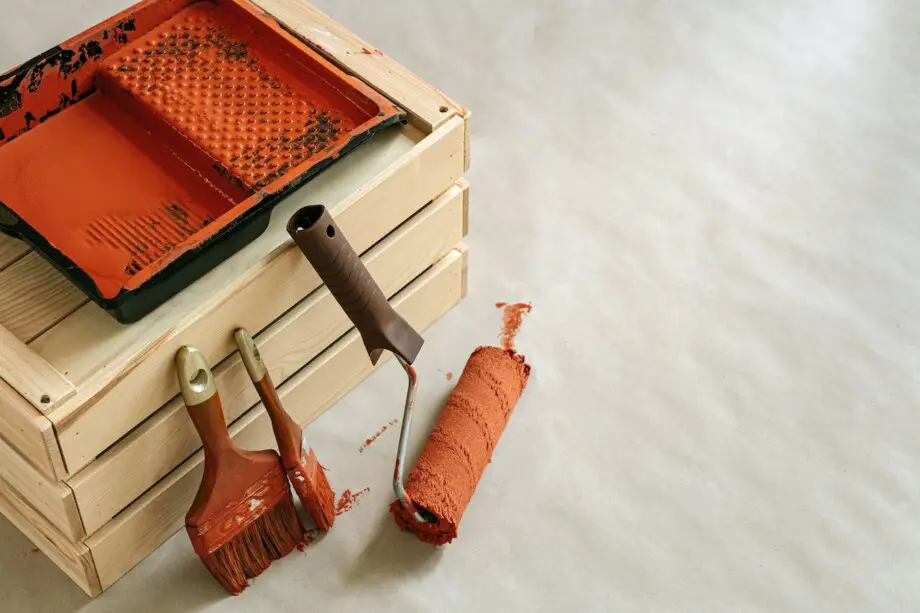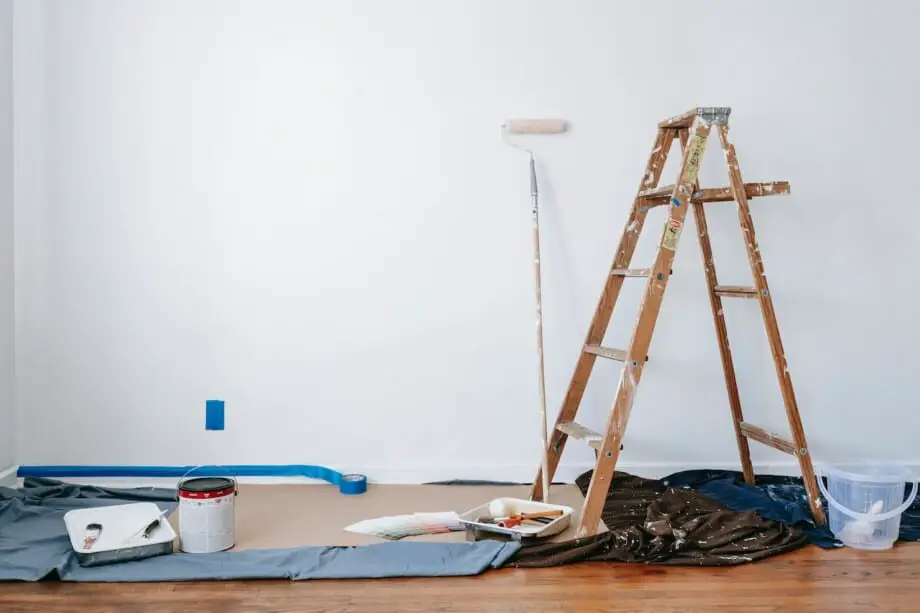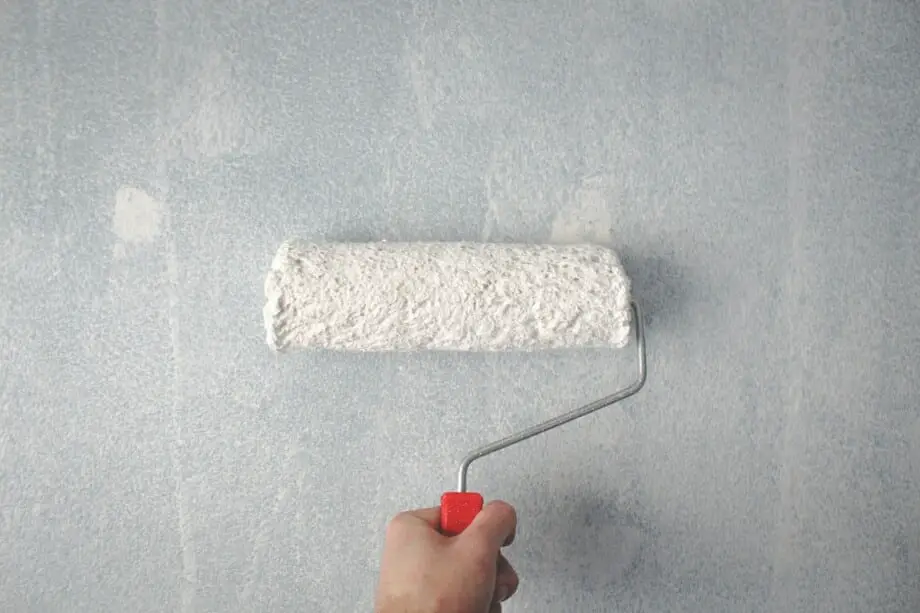I love how effortlessly beginners can spruce up any object with a fresh coat of paint, but deciding the best paint applicator for their project can be a dilemma. There are three popular options: paint brush, roller, and sprayer, and each has its pros and cons. So how do you pick one?
Paint brushes offer greater control and precision and are preferred for painting smaller, harder-to-reach areas. Rollers and sprayers are ideal for when you want to cover more area in less time, but beginners may have difficulty mastering their application technique.
Some paint applicators are better suited for certain projects, but you don’t need to figure that out on your own. I will discuss each option in detail, along with side-by-side comparisons, so you can choose the applicator that meets your budget, coverage requirement, preferred finish, and project deadline.
Let’s jump right in!
Paint Brush vs. Roller: Which is better?
About the Paint Brush
A paintbrush is the oldest and most popular tool for painting because it’s small, flexible, and easier to control. These characteristics make it perfect for painting details, trims, and areas that are harder to reach with other tools.
While it is relatively easier to use, you require some expertise when using a paintbrush, or you may leave nasty streaks and traces.
Paint brushes are not recommended for large and smooth areas for several reasons.
If you’re a beginner, chances are you may leave too many streaks when painting with a brush; therefore, if you attempt painting a large wall, for instance, the result will not be aesthetically pleasing.
Another problem with using a paintbrush is that it doesn’t retain much paint; therefore, you have to dip it in paint repeatedly to paint a bigger surface, increasing the total time it takes to complete your project.
Finally, brushes generally use more paint than rollers, so the larger the surface area you need to cover, the more expensive your project will be.
Pros and Cons of Using a Paint Brush
| Advantages of a Paintbrush | Disadvantages of a Paintbrush |
|---|---|
| Better application control | It takes more time to paint large surfaces |
| Excellent for detailed work | Requires considerable skill to achieve even coats |
| It can be used to create a textured effect | It uses more paint |
| Various sizes and types are available for different surfaces | Expensive for larger projects |
| It can look streaky on walls |
Expert Tip: Use nylon or polyester brushes for latex (water-based paints) and natural brushes for oil-based paints, varnishes, and stains.
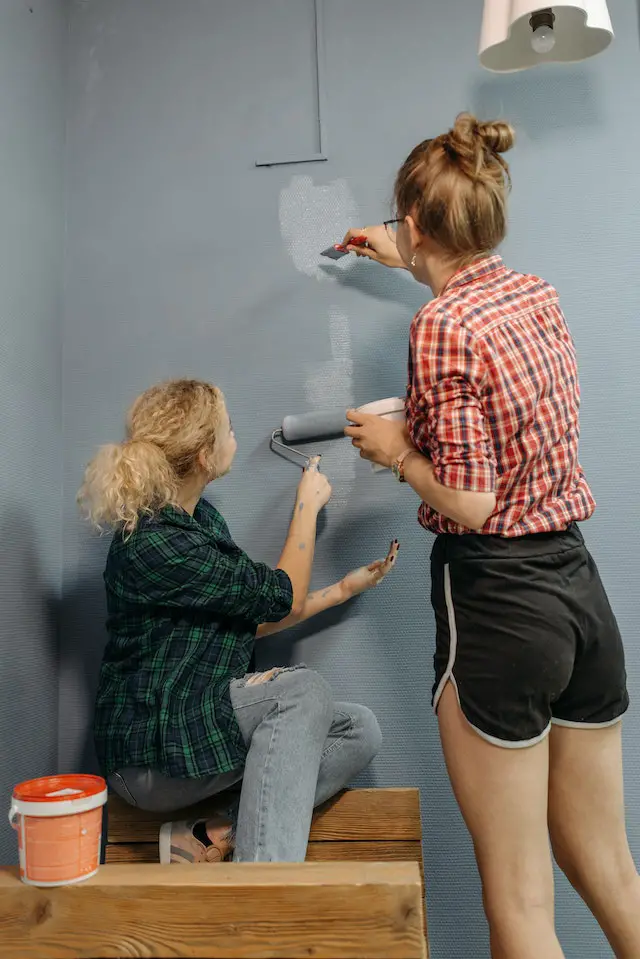
Rollers
Professional painters love rollers because they provide thin, uniform, and even coats and are perfect for painting walls, ceilings, and large furniture.
If you’re wondering: Does a brush or roller use more paint? The answer is paintbrush!!
Rollers have a porous surface, allowing them to hold more paint at once, making the painting job easier and less time-consuming.
You can even experiment with different finishes with different types of rollers. For example, if you want a smooth finish, a smooth surface roller will help you achieve the desired result, but if you want a more textured finish, you can opt for fluffy surface rollers.
However, this option isn’t without downsides.
You must prepare your surface well if you plan to use a roller, as it accentuates every imperfection on the object. It’s also important to keep a light hand when applying paint with a roller because pressing it too firmly against the surface can create unpleasant streaks.
Pros and Cons of Using a Roller
| Advantages of a Roller | Disadvantages of a Roller |
|---|---|
| Provides even coverage | Not suitable for small areas |
| Covers large areas quickly | Requires more prep work |
| Doesn’t use too much paint | |
| More economical |
Expert Tip: Use a plastic roller for water-based paints, a sponge roller for oil-based paints, and natural fiber for solvent-based paints.
How to use a paintbrush and roller for best results
Most DIYers want to know: Do professional painters use brush or roller? They actually use both, and you can too!
That’s because both tools serve different purposes, and if you can combine the powers of a paintbrush and roller, you can achieve a flawless finish!
Start by painting the corners, edges, and difficult-to-reach areas with the brush, then cover the large surfaces with the roller. This technique helps you save time and uses less paint, so it’s a win-win!
So the next time you’re confused about whether it is better to paint with roller or brush, simply buy both.
Paint Brush vs. Sprayer: Which one should you use?
The battle between a paintbrush and a sprayer is one between old and new technology. Everyone wants to pick the latest equipment with faster results but remember, the gains in speed come at a cost.
There’s honestly no faster way to apply paint than with an airless sprayer. All you need is a couple of minutes with the sprayer, and you have a freshly-painted wall ready for use. So, is spraying better than painting? Not always, because speed doesn’t equal quality.
The best thing about using a paintbrush is that even beginners can handle it. However, applying paint with an airless sprayer can be very challenging if you don’t have much practice. If you’re not careful, you can end up with an uneven coat, with some areas of heavy paint buildup and others where the paint is too thin.
Another drawback of using a sprayer is the lack of control. You not only have to prep your object but also cover all the surrounding areas thoroughly, or the over-spray will increase your clean-up time by many folds.
Then there’s a popular query: Do you use more paint with a brush or sprayer? The answer is sprayer!
Although a sprayer gets the job done quickly, it uses 2 to 3 times more paint than brushing or rolling, which means your cost of paint will be much higher if you use a sprayer.
Despite its drawbacks, the sprayer delivers smooth and even coverage if handled properly without any streaks or strokes, a problem that is quite common with a paintbrush.
Pros and Cons of Using a Sprayer
| Advantages of a Sprayer | Disadvantages of a Sprayer |
|---|---|
| Super fast application | Uneven coverage |
| Single coat coverage | It uses three times more paint |
| Smooth finish without brush marks | Long prep and cleanup time |
| Easily gets into hard-to-reach areas | Poor adhesion |
| Difficult to paint on windy days |
How to Use a Paintbrush and Sprayer for Perfect Coverage
If you’re still contemplating: Is painting with a sprayer better or paintbrush? Don’t overthink because you can use both simultaneously to enjoy the best of both worlds.
The best way to apply paint is by applying it with a sprayer and ‘back-brushing.’
Back-brushing is a simple technique where you dry brush over paint that has been applied by either roller or sprayer. To achieve good results, you’ll need a helper who can brush the surface quickly after you’ve applied paint with a sprayer.
This technique helps even out the coat, improves paint adhesion, and gets into hard-to-reach nooks and crannies.
Sprayer vs. Roller: Which option gives the best results?
Is it better to paint with a spray gun or a roller? The answer would depend on four factors:
- Your skill and expertise with each applicator
- The total time for your project
- Your project budget
- The surface you want to paint
Anybody can use a roller, whether they’re beginners or experts, but if you’re new to using a paint sprayer, the first time may not be as easy as it looks.
Beginners often struggle with runs, drips, and uneven coverage with a paint sprayer, so if you’re looking for a fool-proof applicator, go with a roller.
Sprayers are perfect for quick paint application, but the time you save in application is spent assembling the tools, masking the area, and post-paint clean up. So, if you compare that with rolling paint, the project’s total time comes out to be the same.
Then there’s the question, do you waste more paint with sprayer? The answer is yes! A sprayer uses up 33% more paint compared to rollers. Hence, rolling paint is definitely a more budget-friendly option.
However, using a sprayer also has upsides. With a sprayer, you can reach the narrowest of crevices, something you can’t achieve with a brush or roller. For example, a sprayer will deliver excellent coverage if you want to paint textured surfaces like popcorn ceilings, crown molding, brick walls, lap siding, and cornicles.
Since the risk of overspray is high, paint sprayers are best suited for outdoor projects or unoccupied indoor spaces. This way, you can save yourself from messy clean-ups.
But if you’re still unsure, is it better to spray or roll smooth walls? You can use both tools with the back-brushing technique to achieve an even finish.
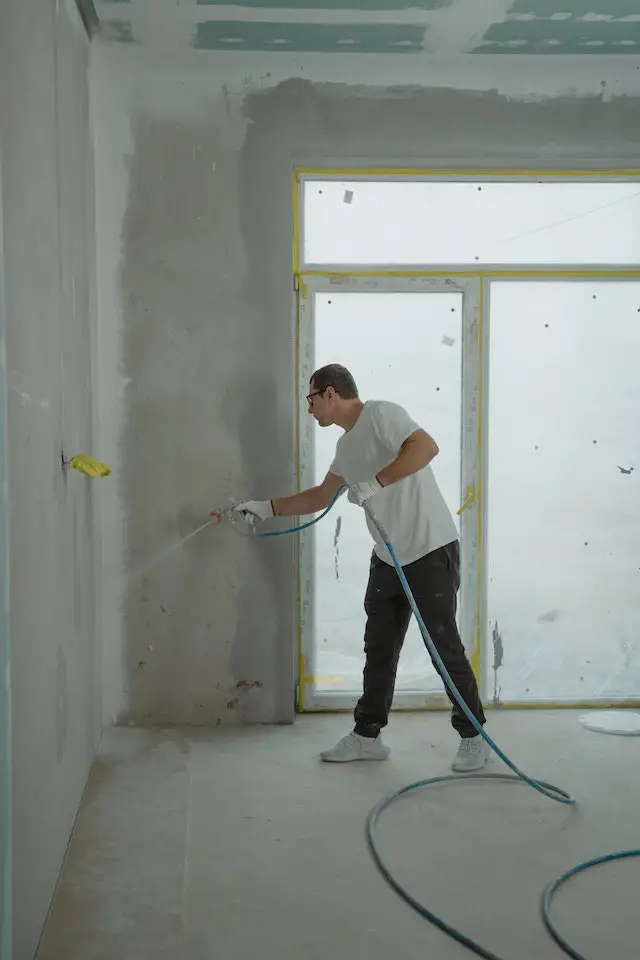
Final Comparison
| Factors of Comparison | Paintbrush | Roller | Sprayer |
|---|---|---|---|
| Even coverage | ✔ | ✔ | |
| Quick application | ✔ | ✔ | |
| Beginner-friendly | ✔ | ✔ | |
| Smooth finish | ✔ | ✔ | |
| Long prep time | ✔ | ✔ | |
| Long cleanup time | ✔ | ||
| More paint usage | ✔ | ✔ | |
| Better control | ✔ | ✔ | |
| Suitable for small areas | ✔ | ||
| Suitable for large areas | ✔ | ✔ | |
| Budget-friendly | ✔ | ||
| Good for detailed work | ✔ | ✔ |
FAQs
Is a roller better than a brush for touch-ups?
A roller generally offers superior quality and blending than a paintbrush, but if you’re working on small holes or noticeable marks, a brush will provide more control and allow you to get the desired coverage.
Is it better to spray paint or brush paint wood?
Spray painting wood is much quicker and less labor-intensive compared to brush painting, but the result may not stick for long. Therefore, applying paint with a brush on wood is best for lasting results.
Are paint sprayers good for interior walls?
Paint sprayers work well on interior walls, but they are messy to work with, so you need to mask off all the surrounding areas you don’t want the paint to end up on.
Conclusion
Painting is fun, no matter which applicator you select, and if you have been using one for a long, maybe it’s time to try something new. Don’t be afraid to experiment with a paintbrush, roller, or sprayer because each has its upsides, and you never know; you might enjoy the final look of the new one more!
If you want to know the beginner’s technique for spray painting, then you can read our blog on it.
